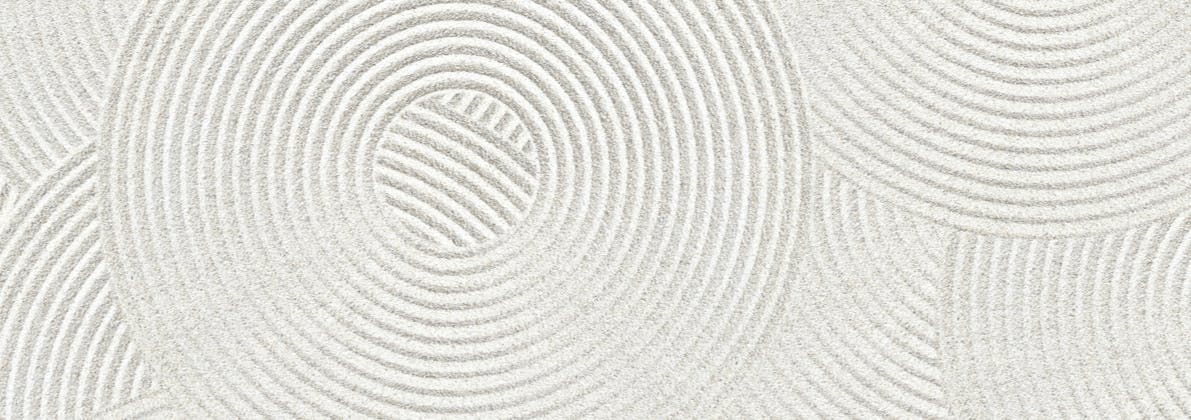When most people think of rhinoplasty, also known as a nose job, they picture a simple procedure to “make the nose smaller” or “more attractive.” But the truth is, rhinoplasty is one of the most complex surgeries in all of plastic surgery. It’s a delicate balance of anatomy, aesthetics, functionality, and realistic expectations. One of the most important elements in any rhinoplasty procedure is shaping the nose—and this is far from one-size-fits-all.
I understand that each nose is as unique as the individual it belongs to. Whether you’re seeking refinement, symmetry, improved breathing, or all of the above, it’s essential to understand what goes into shaping the nose and why not every desired nose shape is possible—or advisable—for every patient.
In this post, I’ll take a deep dive into the anatomical and aesthetic considerations behind nose shaping, explain why some requests may be declined, and help you feel more informed and confident in the rhinoplasty consultation process.
Why Nose Shaping Matters
Nose shaping is central to the art and science of rhinoplasty. The goal isn’t just to make the nose look different—it’s to make it look harmonious with the rest of the face. This is a fine line that requires an expert understanding of facial balance, structural support, skin behavior, and long-term outcomes.
Every decision about nose shape—whether to reduce a bump, rotate the tip, narrow the bridge, or refine the nostrils—is made within a framework of what’s both aesthetically pleasing and structurally sustainable. In other words: it’s about enhancing your unique features, not copying someone else’s.
Key Anatomical Factors That Determine What Nose Shapes Are Possible
1. Skin Thickness
One of the most defining features of what can be achieved in rhinoplasty is the thickness of your nasal skin.
- Thin skin allows even subtle refinements in the cartilage or bone to show through, which is great for detail but also makes imperfections more visible.
- Thick skin, particularly at the nasal tip, tends to obscure finer definition. For these patients, achieving a sharply contoured tip may not be possible, regardless of the structural changes made underneath.
While we can adjust the structure beneath the skin, we cannot make thick skin thin. Patients with thicker skin often benefit from conservative refinement and support that improves the overall shape without relying on ultra-fine definition.
2. Cartilage Strength and Shape
The nasal cartilages—especially the lower lateral cartilages in the tip—play a vital role in shaping and supporting the nose. Some patients have firm, resilient cartilage that’s easy to sculpt and maintain. Others have weaker or asymmetric cartilage that requires reinforcement or grafting to hold a new shape.
For example:
- A droopy tip caused by weak lower lateral cartilages may require structural support to maintain a lifted position.
- An overprojected tip with strong cartilage may need reduction and reshaping without compromising stability.
Understanding the existing cartilage is essential in designing a realistic and long-lasting result.
3. Nasal Bone Structure
The nasal bones determine the width of the upper third of the nose and are often involved when narrowing a wide bridge or reducing a hump. Some patients have thick, strong bones that are more resistant to reshaping; others have thin, delicate bones prone to fracture or shifting.
- Narrowing a wide bony bridge often requires controlled osteotomies (precise bone cuts) to bring the bones inward.
- In cases of previous trauma or asymmetry, bone repositioning may need to be asymmetrical to restore balance.
A rhinoplasty surgeon must take all of this into account when determining what shaping is safe and stable.
4. Septal Health and Availability
The nasal septum—the wall between the two nasal passages—is central to both nasal breathing and shaping. It also often serves as a donor site for cartilage grafts used in structural support or cosmetic refinements.
If the septum is deviated, it may need to be straightened to improve airflow and facial symmetry. If it’s been previously operated on or is weak, options for cartilage grafts may be limited. In such cases, cartilage may need to be harvested from the ear or rib, depending on the complexity of the case.
Aesthetic Considerations in Nose Shaping
1. Facial Harmony and Proportions
A beautiful nose isn’t defined in isolation—it’s defined in the context of the entire face. The best rhinoplasty results come from improving facial balance, not achieving a specific nose shape pulled from Instagram.
During your consultation, we evaluate:
- Forehead-to-chin ratio (vertical balance)
- Intercanthal distance (space between the eyes)
- Lip projection and chin shape (to guide nasal projection)
- Overall facial symmetry
A slightly upturned nose may look elegant on one face but unnatural on another. A strong, structured bridge may suit a patient with bold features but overwhelm someone with a petite frame. The nose must be shaped in a way that complements—not competes with—your natural features.
2. Gender and Ethnic Considerations
Rhinoplasty is a highly personal procedure, and gender and ethnicity both play roles in shaping expectations and aesthetic goals.
- Feminine rhinoplasty often emphasizes tip rotation, gentle slopes, and narrower bridges.
- Masculine rhinoplasty may prioritize stronger lines, less rotation, and increased projection.
- Ethnic rhinoplasty respects and preserves the unique anatomical and cultural features of each patient’s heritage. Whether you're African American, Hispanic, Middle Eastern, Asian, or another ethnicity, the goal is to create balance while maintaining identity—not erasing it.
At Starkman Facial Plastic Surgery, we specialize in subtle, natural-looking refinements that honor your background while enhancing your confidence.
3. Profile vs. Frontal View
It’s common for patients to focus on their profile, especially if they dislike a dorsal hump or droopy tip. However, expert rhinoplasty surgeons understand that shaping must also enhance the frontal view, where symmetry, nostril shape, tip definition, and shadowing play a major role in overall facial aesthetics.
A well-executed rhinoplasty creates improvements in all three views:
- Frontal view (tip and bridge refinement, symmetry)
- Profile view (dorsal height and tip rotation)
- Basal view (nostril shape and alar base width)
Why Some Nose Shape Requests Are Declined
Part of the rhinoplasty consultation process involves setting expectations and being honest about what can—or should—be done. Sometimes, patients request a nose shape that simply isn’t feasible based on their anatomy, or it may compromise long-term outcomes.
Here are a few reasons why certain requests may be declined:
1. Structural Instability
Reducing the size or support of the nose too aggressively can cause it to collapse over time. If your skin or cartilage won’t support a major change, your surgeon may recommend a more conservative reshaping or the addition of structural grafts to maintain function.
2. Functional Compromise
Every nose serves a critical function: breathing. An over-reduced or overly narrowed nose may look refined initially but can cause significant breathing problems later. This is especially true in patients with pre-existing deviated septums or narrow nasal valves.
A skilled surgeon always balances form and function. If a particular shape would jeopardize airflow, your surgeon will offer safer alternatives.
3. Skin Thickness Limitations
As mentioned earlier, thick nasal skin may obscure fine details like tip definition or subtle contouring. In these cases, the best approach is often to provide gentle refinement rather than dramatic sculpting. Attempting an overly defined or “pinched” look under thick skin can result in irregularities or an unnatural appearance.
4. Unrealistic Expectations
Some patients may bring in celebrity photos or heavily filtered images as examples of their ideal nose. While these can help guide discussion, they’re not always realistic goals—either because the facial structures are too different or because the image itself isn’t representative of reality.
A skilled facial plastic surgeon will work with you to develop a plan that’s both aesthetic and attainable, grounded in your own anatomy and long-term success.
Trusting the Consultation Process
The consultation is one of the most important parts of any rhinoplasty journey. This is where education, collaboration, and mutual understanding happen.
At Starkman Facial Plastic Surgery, our consultations are:
- Educational – We help you understand your anatomy, what’s possible, and how we achieve lasting, natural-looking results.
- Visual – We use digital imaging to simulate potential changes so you can see what’s possible—while keeping in mind that healing and skin behavior add natural variability.
- Collaborative – Your goals matter. But our job is to guide you with honest advice about what’s safe, stable, and aesthetically sound.
I understand that undergoing facial surgery—especially on something as central as your nose—is a big decision. Patients should look for a surgeon who listens, educates, and acts with both artistry and integrity.
Final Thoughts: Every Nose Is Unique, and So Is Every Rhinoplasty
There is no perfect nose. There is only the nose that is perfect for you—in shape, proportion, function, and harmony.
Nose shaping in rhinoplasty isn’t about trends or templates. It’s about respecting your anatomy, understanding your goals, and crafting a result that elevates your confidence for years to come.


